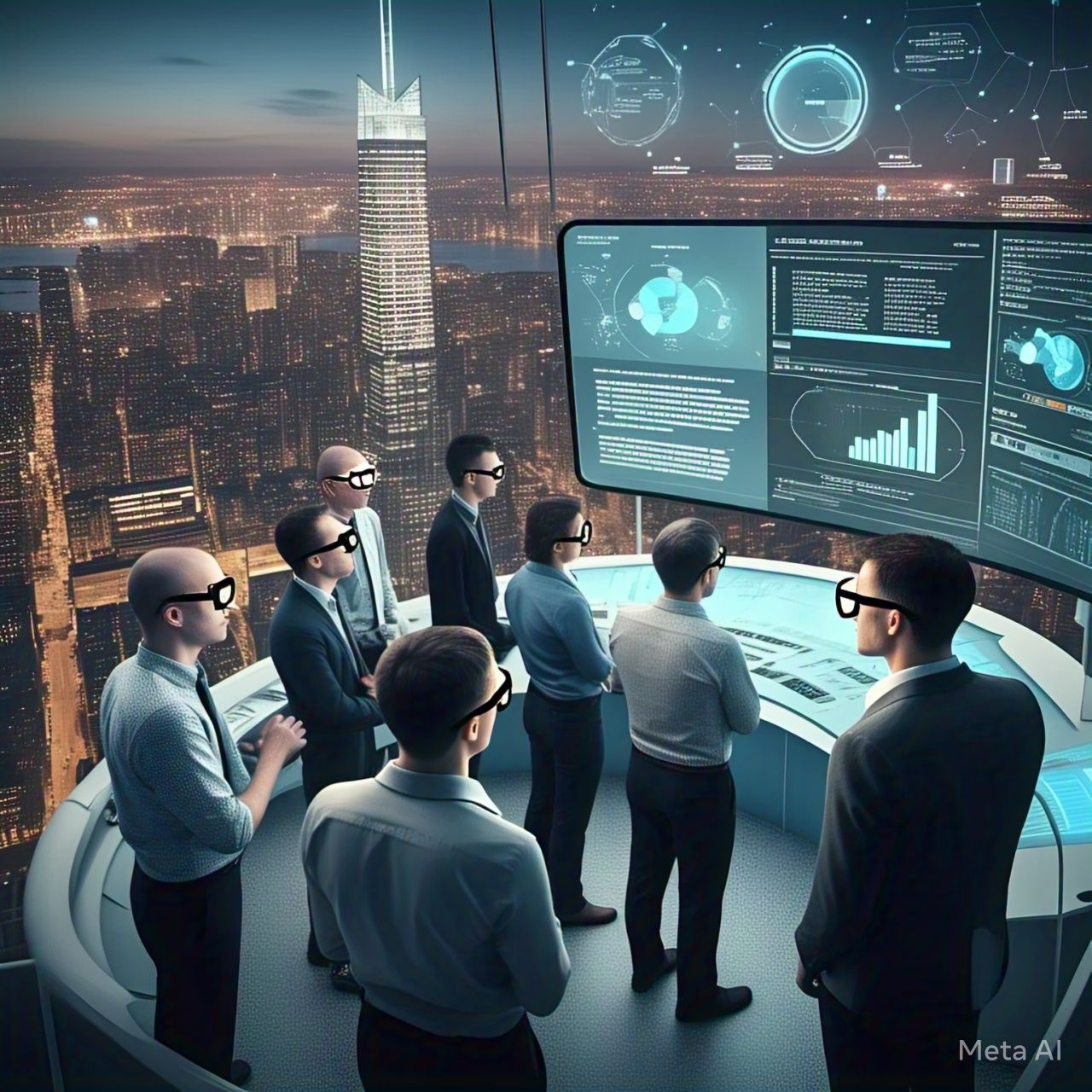Introduction
Artificial Intelligence (AI) is revolutionizing industries, optimizing workflows, and driving economic expansion in the digital age. By automating repetitive tasks, improving decision-making, and fostering innovation, AI is significantly enhancing productivity and contributing to global GDP growth. This article explores how AI is reshaping economies, its impact on workforce efficiency, and the potential challenges associated with widespread AI adoption.
The Role of AI in Boosting Productivity
Productivity, a key driver of economic growth, measures how efficiently inputs like labor and capital are transformed into outputs. AI contributes to productivity improvements in several ways:
1. Automating Routine Tasks
AI-powered automation reduces human workload by handling repetitive and time-consuming tasks. Examples include:
- Manufacturing: AI-driven robots streamline production lines, minimizing downtime and errors.
- Customer Service: Chatbots handle inquiries, freeing up human agents for complex issues.
- Administrative Work: AI automates data entry, scheduling, and document management.
2. Enhancing Decision-Making
AI systems analyze vast datasets to provide actionable insights, helping businesses and governments make informed decisions. Examples include:
- Financial Services: AI-powered algorithms detect fraud and optimize investment strategies.
- Healthcare: AI assists in medical diagnosis and personalized treatment plans.
- Supply Chain Management: Predictive analytics improve logistics and inventory planning.
3. Driving Innovation and New Business Models
AI is fostering new industries and reshaping existing ones by:
- Enabling the development of AI-driven products like self-driving cars and smart assistants.
- Accelerating R&D in fields like biotechnology, material science, and pharmaceuticals.
- Facilitating e-commerce growth through personalized recommendations and dynamic pricing models.
AI’s Contribution to GDP Growth
AI is projected to add trillions of dollars to the global economy. Key ways AI boosts GDP include:
1. Increasing Output with Lower Costs
- AI-powered automation allows companies to produce more with fewer resources.
- Businesses benefit from cost reduction in labor and operations, leading to higher profitability.
2. Creating New Jobs and Economic Opportunities
- While AI may displace some jobs, it also generates new roles in AI development, cybersecurity, and digital services.
- The AI-driven gig economy is expanding, offering flexible work opportunities.
3. Strengthening Global Competitiveness
- Countries investing in AI leadership (e.g., the U.S., China, and Europe) are gaining economic advantages.
- AI adoption improves national productivity levels, leading to stronger GDP growth.
Challenges and Considerations
Despite its benefits, AI adoption poses several challenges:
- Workforce Displacement: Automation may render some jobs obsolete, requiring workforce reskilling initiatives.
- Data Privacy and Security: AI relies on vast amounts of data, raising concerns about misuse and privacy breaches.
- Economic Inequality: AI adoption may widen the gap between technology-rich and technology-poor economies.
Conclusion
AI is a game-changer in the digital age, enhancing productivity and fueling global GDP growth. By automating tasks, improving decision-making, and fostering innovation, AI is transforming industries and economic landscapes. However, governments and businesses must address challenges like job displacement and data security to ensure that AI-driven growth is inclusive and sustainable. With responsible implementation, AI will continue to be a driving force behind economic progress in the years to come.




